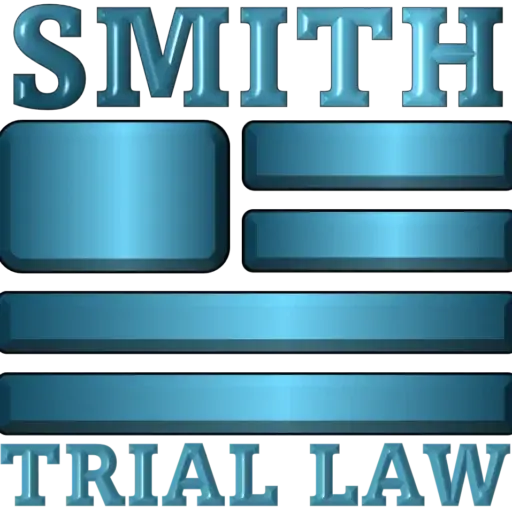We wrapped up another successful week at Smith Trial Law. This week the firm defended a client wrongly accused of breaching a verbal contract. In almost all civil lawsuits litigated in the United States, the plaintiff puts on their evidence first, then the defendant argues their case. This structure ensures that the plaintiff has the opportunity to establish a prima facie case before the defendant responds.
In Virginia civil litigation, there is a tool used by defendants, called a Motion to Strike, where after the plaintiff rests their case, the defendant asks the court to strike the evidence. It is Virginia’s version of a Directed Verdict. It essentially asks the court to determine that the evidence presented by the plaintiff was not enough to support a claim or cause of action, and thus the case should not go to the jury for a verdict. The defendant makes such a motion to the Court at the conclusion of the plaintiff’s case and at the conclusion of the trial. It is almost always asked for, but it is seldom granted for several reasons.
- The Judge must treat all the evidence by the non-moving party as true; and
- The Judge must draw all reasonable inferences in their favor. Additionally,
- Judges are hesitant to short circuit litigation.
But just because it seldom happens, it doesn’t mean one should not prepare the best argument possible. As a newer lawyer I once successfully argued a Motion to Strike in an Evidentiary Hearing. The plaintiff’s attorney commented that he had never seen that done before, and I explained that I had not seen it either because it was my first evidentiary hearing.
In the present case, we filed a Motion for a Bill of Particulars, which forced the plaintiff to explain in more detail, the alleged facts that they think would allow them to prevail in their suit. We received their five-page response about a month before trial. After carefully dissecting their argument we believed for several reasons, the plaintiff would likely not establish a prima facia case and therefore fail to meet their burden of proof. However, sometimes a defendant might have to emphasize why a plaintiff failed to meet their burden to the court during cross examination. This is where the art of the trial comes in and why I find my job so challenging and fascinating.
You don’t want to be so obvious that the opposing counsel realizes the flaw in their presentation and adjusts to add additional evidence prior to resting their case. You also must be careful not to Guild the Lilly, by asking too many questions and therefore allowing the witness to add to their testimony to the point of hindering your motion to strike. Lastly, in Virginia if a defendant puts on evidence during the plaintiff’s portion of the trial, the courts will consider that presentation of the defendant’s evidence as a waiver of their ability to argue a Motion to Strike at that point in the trial. Spangler v. Commonwealth, 188 Va. 436, 438, 50 S.E.2d 265, 266 (1948).
This week, we successfully pointed out the plaintiff’s flaws in failing to lay out their prima facia case during my cross examination, without tipping off the plaintiff and without Gilding the Lilly. The shock and relief on our client’s face when the Judge sustained our Motion to Strike was worth the effort. For more information on any Guilding the Lilly or how we can help you prevail in Court please do not hesitate to reach out to us at [email protected] or call our office at 540-386-7902 and set up an appointment to speak with me.
Respectfully,
Cloyd Allen Smith, Esq.

